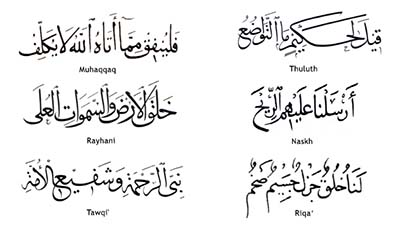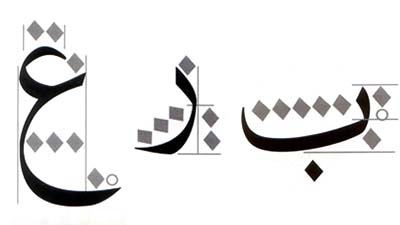People
The art of Arabic script calligraphy has been passed down from master to student for centuries. A master calligrapher is someone who has achieved a high level of skill in one or more scripts. This person has also received a certificate or license (ijaza) verifying their skill.
There have been countless master calligraphers throughout history. Starting in the early 7th century with ‘Ali Ibn Abi Talib (600-661), the fourth caliph of Islam, we can trace the transmission of calligraphic skills to the present day through a living “chain” of calligraphers. Masters taught students, who then became masters and taught others. Different schools developed within this chain, each of which was founded by a leading and innovative calligrapher and was followed by others who refined and clarified the founder’s work.
Below you will find a list of several key calligraphers whose work has played a central role in the development of this art form.
What makes a good calligrapher?
Who became a calligrapher?
Where are the women calligraphers?
Watch interviews with student calligraphers
Interview with Elinor Aishah Holland
Within the Muslim community, it was not only the Arabs, but the Turks, Persians, Egyptians, Tunisians, Algerians, Moroccans, Andalusians, Afghans, Central Asians, Indians, Javanese, Kurds, Laz, Bulgarian Pomak Muslims, Bosnians, Albanians, and Circassians who brought forth calligraphers. These and so many more peoples and nations brought up countless illustrious artists; male and female slaves, men, women, poor, rich, religious savants, philosophers, painters, musicians, composers, singers, physicians, rulers, sheikhs, theologians, judges, muftis, kadiaskers, sheikhulislams, vezirs, ministers of state, pashas, generals, shahs, and emperors, all exhausting their lives and ruining their eyesight producing masterpieces of calligraphy.
Mahmud Yazir, Turkish scholar of calligraphy








